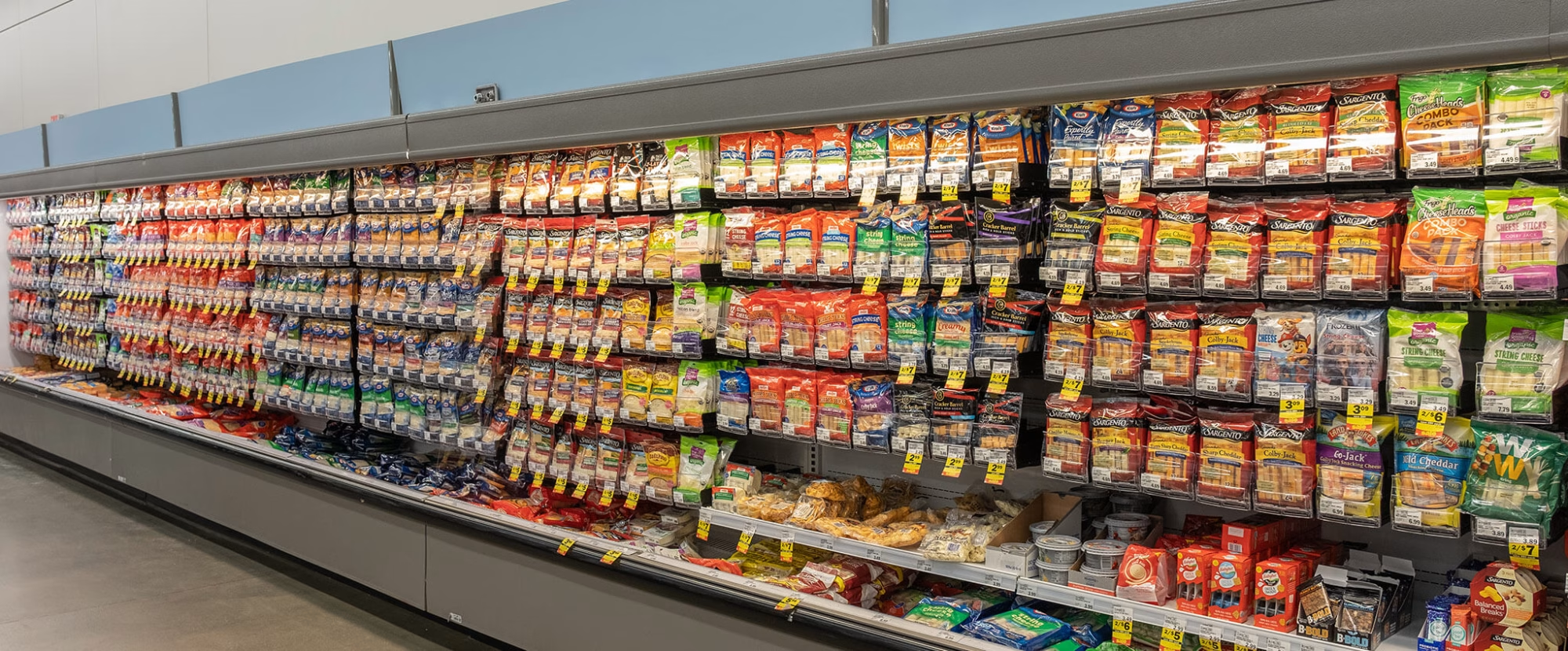Are you curious if school lactose-free milk affects your child’s nutrition? Find out how it impacts their health and if they’re missing essential nutrients.
Summary: Did you know that over 50% of the world’s lactose-intolerant people struggle because schools often lack lactose-free milk? A recent analysis by Prime Consulting revealed that only 0.6% of the milk offered in schools is lactose-free, while 8% of the country’s milk supply is lactose-free. This gap puts the spotlight on dairy farmers and parents to ensure lactose-intolerant kids get the nutrients they need. So, what exactly is lactose-free milk? It’s regular cow’s milk with the lactose removed or broken down into simpler sugars. This makes it easier to digest and helps prevent uncomfortable issues like bloating, gas, and diarrhea. Both types of milk provide essential nutrients like calcium, vitamin D, protein, and potassium that are vital for growing kids. However, some debate exists about the variety of tastes and vitamin options in lactose-free milk. Schools often adhere to guidelines from organizations such as the USDA’s National School Lunch Program (NSLP) to meet dietary requirements and promote overall nutrition. It’s important to understand the nutritional differences between lactose-free and regular milk, as this knowledge is vital to supporting children’s health and development.
- Over 50% of the world’s lactose-intolerant individuals face limited access to lactose-free milk in schools.
- Only 0.6% of milk offered in schools is lactose-free, despite 8% of national milk being lactose-free.
- Lactose-free milk is regular cow’s milk with lactose removed or broken down, making it easier to digest.
- Essential nutrients like calcium, vitamin D, protein, and potassium are in lactose-free and regular milk.
- Debate remains on whether lactose-free milk offers fewer flavor options and different vitamin sources.
- Schools adhere to dietary guidelines set by USDA’s National School Lunch Program (NSLP).
- Alternative dairy options should be considered if lactose-free milk is unavailable to maintain a balanced diet.
- Understanding the nutritional differences between lactose-free and conventional milk is vital for children’s health and development.

Over 50% of the world’s lactose-intolerant individuals are affected by the limited availability of lactose-free milk in schools. A recent analysis by Prime Consulting found that only 0.6% of schools’ milk is lactose-free, compared to 8% of the country’s milk. This disparity underscores the responsibility of dairy farmers and parents to ensure their children are receiving all the necessary nutrients from lactose-free milk.
What is lactose-free milk?
Lactose-free milk is exactly what it sounds like milk without lactose. So, what exactly is lactose? It’s a sugar that naturally occurs in milk and other dairy products. Some children (and adults) cannot metabolize this sugar effectively. This ailment is known as lactose intolerance.
How does lactose-free milk vary from conventional milk? Lactose-free milk is just cow’s milk with the lactose removed or broken down into more straightforward carbohydrates such as glucose and galactose. Typically, an enzyme known as lactase is added during manufacture. The milk tastes like milk but is easier to digest for lactose-intolerant individuals.
Why do you need this option? If a youngster is lactose intolerant, drinking ordinary milk might cause stomach issues, including bloating, gas, and diarrhea. A lactose-free choice guarantees the infant receives all the nutrients regular milk provides while avoiding unpleasant side effects.
Lactose-free vs. Regular Milk: What’s the Nutritional Difference?
The nutritional benefits of lactose-free milk are significant. It provides essential minerals such as calcium, vitamin D, protein, and potassium, all crucial for your child’s growth and development. These nutritional advantages make it a valuable addition to school nutrition programs.
According to the USDA, a cup of regular cow’s milk contains approximately:
- Calcium: 305 mg
- Vitamin D: 2.9 mcg
- Protein: 8 grams
- Potassium: 366 mg
In comparison, a cup of lactose-free milk generally matches these values closely:
- Calcium: 300 mg
- Vitamin D: 2.9 mcg
- Protein: 8 grams
- Potassium: 358 mg
The critical difference is that lactose-free milk includes the enzyme lactase, which aids in the breakdown of lactose, making it more straightforward for lactose-intolerant people to digest. Lactose-free milk retains the same vitamins and minerals as conventional milk.
According to the National Institutes of Health, both lactose-free and ordinary cow’s milk contain around 30% of the daily intake for calcium and 15-20% of the daily value for vitamin D, depending on the brand (https://ods.od.nih.gov/factsheets/Calcium-HealthProfessional/).
Finally, lactose-free milk will not deprive your children of the critical nutrients in ordinary milk. They will continue to get the same nutritional advantages, guaranteeing their health and strength.
Have You Ever Wondered If Switching to Lactose-Free Milk Might Affect Your Child’s Health?
Have you ever considered how switching to lactose-free milk may influence your child’s health? It is a typical issue for both parents and dairy producers. Lactose-free milk is an excellent choice for individuals who are lactose intolerant. Still, examining its influence on general health and nutritional consumption is essential.
First, it’s important to note that lactose-free milk has the same nutritional profile as ordinary milk. It contains equal amounts of vital minerals such as calcium, vitamin D, and protein. You may be sure your youngster gets enough essential nutrients for healthy development and bones. According to the American Journal of Clinical Nutrition, both forms of milk contribute similarly to the recommended daily allowance of these nutrients.
However, there has been some dispute regarding whether children who drink lactose-free milk have fewer taste options and possible vitamin sources. However, research indicates that youngsters prefer lactose-free cow’s milk to plant-based alternatives such as soy drinks, which may have different nutritional advantages (DOI: 10.3402/for.v60.32527). There are also issues regarding the cost and accessibility. Lactose-free choices might be more expensive than ordinary milk, affecting a family’s budget. However, this does not imply that you should compromise your child’s diet. Exploring several brands and product alternatives may help you strike a balance between your budget and your child’s health.
The Push for Inclusive Nutrition in Schools
Many schools have realized the necessity of including lactose-free milk in their lunch plans, ensuring that lactose-intolerant children can still get milk’s advantages without pain. Schools often follow rules established by organizations such as the USDA’s National School Lunch Program (NSLP), which strives to meet various dietary demands while encouraging overall nutrition. These standards require schools to provide lactose-free milk as part of their lunch selections. The efforts of school nutrition program coordinators in implementing these standards are highly appreciated, as they ensure that all children, regardless of lactose sensitivity, obtain vital minerals such as calcium and vitamin D.
The availability of lactose-free milk varies depending on the school district and its resources. Parents may need to tell the school of their child’s dietary requirements to ensure that lactose-free choices are available. However, many school districts now feature lactose-free milk in their beverage menus. Despite these efforts, limitations remain, such as fewer taste options in lactose-free milk than in ordinary milk. This may influence children’s propensity to adopt lactose-free choices. However, studies show youngsters prefer lactose-free cow’s milk over soy and other plant-based alternatives [DOI: 10.1007/s00223-015-0062-x, 10.3402/fnr.v60.32527].
While including lactose-free milk in school programs is a significant step towards inclusive nutrition, it’s crucial to maintain consistent availability and palatability for all children. This requires ongoing efforts and advocacy.
Is Lactose-Free Milk Enough for My Child? Addressing Nutritional Concerns
It’s normal for parents to be concerned about their child’s diet. Are you afraid that lactose-free milk may deprive your infant of critical nutrients? It is a reasonable issue, particularly given the significance of dairy for developing children. The good news is that most lactose-free products are supplemented with the same vitamins and minerals. You still receive the calcium, vitamin D, and protein essential for bone formation and general health. This should give you confidence in your child’s diet.
Children may be demanding, and enjoying their milk is half the fight. Experiment with various brands and natural flavorings such as vanilla splash or chocolate powder. In that manner, kids obtain their vitamins without sacrificing flavor. Cost might also be a consideration. Lactose-free milk is usually a little more expensive. Purchasing in bulk or using store brands may assist. Furthermore, some schools provide lactose-free milk at no additional cost, so verify with your child’s school nutrition program.
If lactose-free milk is not possible, try other dairy options to ensure your child’s diet is balanced. Fortified soy milk or other plant-based milk may help bridge the gap. Just make sure they’re supplemented with the proper nutrients. Including a range of dairy products, such as cheese and yogurt, may also assist with daily needs. Finally, the objective is to maintain the proper nutrient balance without compromising your child’s dairy consumption.
The Bottom Line
Understanding the nutritional variations between lactose-free and conventional milk ensures your children obtain the necessary nutrients. While lactose-free milk is a feasible option for lactose-intolerant children, both varieties provide equal advantages, including essential elements such as calcium and vitamin D. Are you confident your child’s nutritional requirements are being met? Keeping up to date and making educated decisions may significantly impact your child’s health and development.













